What Is an Example of a Biofloc?
Struggling with high feed costs and poor water quality in your aquaculture? There's a natural, efficient solution that can transform your farm's productivity and sustainability.
An example of biofloc is the cultivation of tilapia in a system where suspended microorganisms (the "floc") consume fish waste, converting it into a protein-rich food source. This process cleans the water and provides supplemental nutrition, reducing the need for commercial feed.
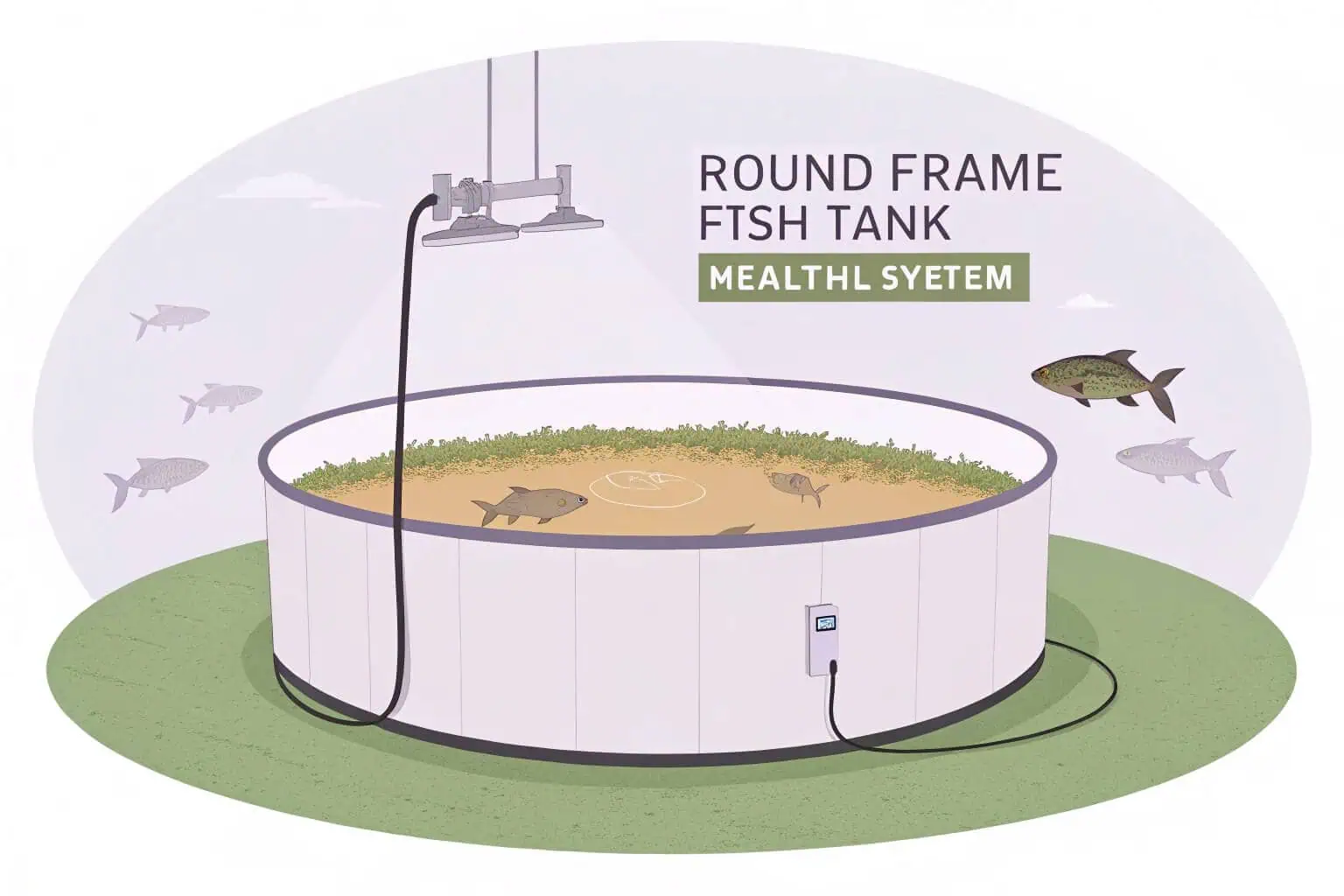
This simple example just scratches the surface of what biofloc can do. As someone who has watched this technology evolve, I've seen its incredible adaptability. This technology is not just a concept; it's a practical tool that is changing how we approach aquaculture. Let's explore how this system works and why it's becoming a game-changer for farmers worldwide.
What Is a Biofloc?
Heard the term "biofloc" but not sure what it means? You're not alone. It sounds complex, but it's a simple, powerful concept for modern fish farming that you can use.
A biofloc is a community of beneficial microorganisms, including bacteria, algae, and protozoa, suspended in the water. These tiny organisms work together to break down toxic waste like ammonia and nitrite, converting them into a natural, protein-rich food source for aquatic animals.
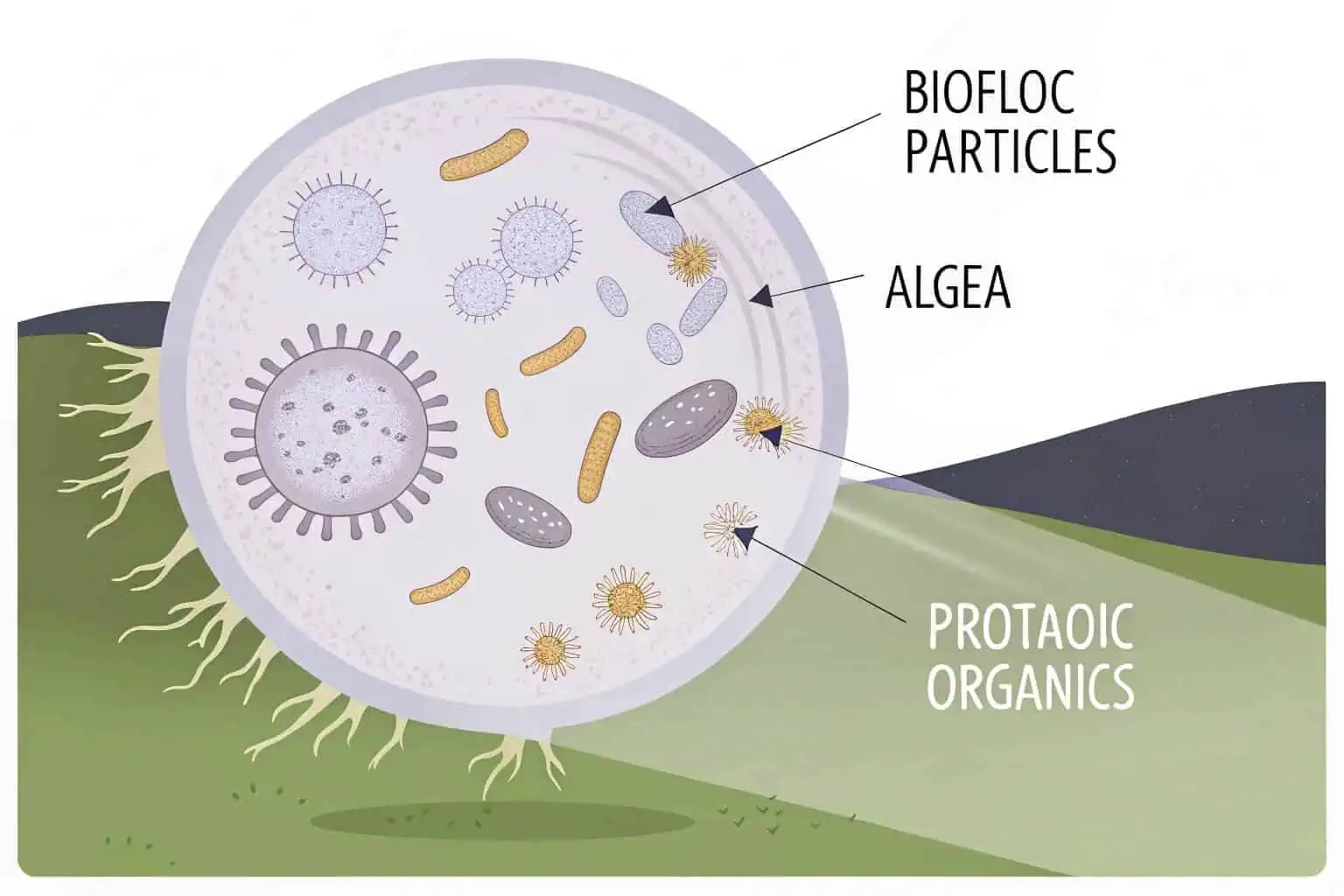
I've always been fascinated by how nature creates its own efficiencies, and biofloc is a perfect example of this. Instead of constantly replacing water to remove waste, we cultivate a living ecosystem right in the tank. This system is built on a key principle: the carbon-to-nitrogen (C/N) ratio1. By adding a carbon source like molasses or tapioca flour, we encourage the growth of heterotrophic bacteria2. These bacteria consume the nitrogen-rich fish waste (ammonia) and convert it into microbial protein. It's like having a tiny, 24/7 cleaning crew that also prepares snacks for your fish. This not only keeps the water clean but also reduces the reliance on expensive commercial feeds, a major pain point for many farmers I've talked to. It’s a win-win situation: lower costs and a healthier environment for the fish. This practical approach makes aquaculture more sustainable and profitable.
How Biofloc Works
The core idea is to manage the microbial community. You start with a standard aquaculture setup, like one of our collapsible fish tanks, but instead of focusing only on the fish, you also manage the microscopic life in the water. This creates a self-sustaining cycle3.
Key Components
To make it clearer, here are the essential parts of the system.
| Component | Role in the System |
|---|---|
| Microorganisms4 | The "workers" that consume waste and form the floc. |
| Carbon Source5 | The "fuel" for the bacteria to grow and process nitrogen. |
| Aeration | Keeps the floc suspended and provides oxygen for fish and microbes. |
| Fish/Shrimp | Produce the waste (nitrogen) that feeds the system. |
What Are the Different Types of Biofloc Systems?
Think biofloc is a one-size-fits-all solution? The reality is more flexible. Different systems exist to match your specific needs, whether for research, small-scale farming, or large commercial operations.
Biofloc systems are mainly categorized by their microbial communities. The most common are "brown" biofloc, dominated by heterotrophic bacteria, and "green" biofloc (or green water systems), which is a mix of bacteria and microalgae. Each has unique benefits for different environments.
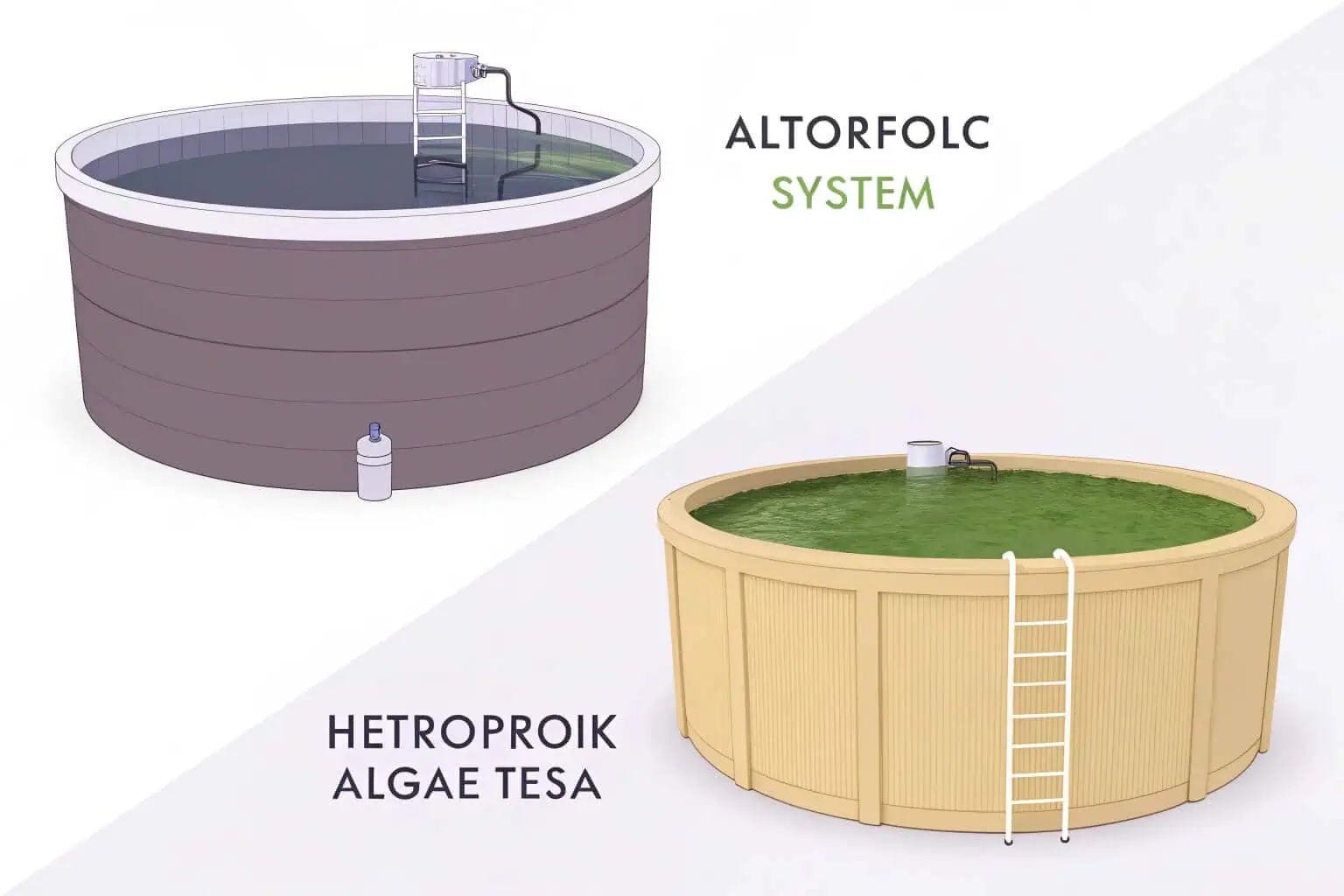
From my experience, choosing the right biofloc system is crucial. It's not just about following a manual; it's about understanding your environment and goals. The two main paths are brown and green biofloc6, and I've seen both succeed in various settings. The choice often comes down to sunlight exposure and the level of control you want to have over the environment. For Bancy's customers using our galvanized sheet fish tanks indoors, a brown system is often ideal. For those with outdoor setups, a green system might be more natural. It’s about matching the technology to the application, which is a core part of our service philosophy.
Brown Biofloc Systems
This is the classic biofloc system. It's run in tanks with limited light to discourage algae growth. The system is dominated by heterotrophic bacteria, which are very efficient at converting waste. This gives you precise control over water quality, which is why many commercial farms I've visited prefer it. You manage the C/N ratio7 carefully to keep the bacteria happy.
Green Biofloc Systems
This type, often called a green water system8, is a hybrid. It allows sunlight, which encourages the growth of microalgae alongside bacteria. The algae also help clean the water by absorbing nitrates. This can be a more resilient system, but it's less controlled. The water parameters can fluctuate more with changes in sunlight.
System Comparison
Here is a simple table to help you see the differences.
| Feature | Brown Biofloc | Green Biofloc (Green Water) |
|---|---|---|
| Dominant Microbe | Heterotrophic Bacteria9 | Bacteria & Microalgae10 |
| Light Condition | Low/No Light | High Light (Sunlight) |
| Control Level | High | Moderate |
| Best For | Indoor, controlled systems | Outdoor ponds, less intensive systems |
Which Fish Is Best for Biofloc?
Can any fish thrive in a biofloc system? Not quite. Choosing the right species is a critical step for success and can make the difference between profit and loss for your farm.
The best fish for biofloc are species that can tolerate high stocking densities and benefit from consuming the microbial floc. Tilapia, catfish, and shrimp are excellent choices because they are hardy, grow fast, and actively graze on the flocs, improving their nutrition.
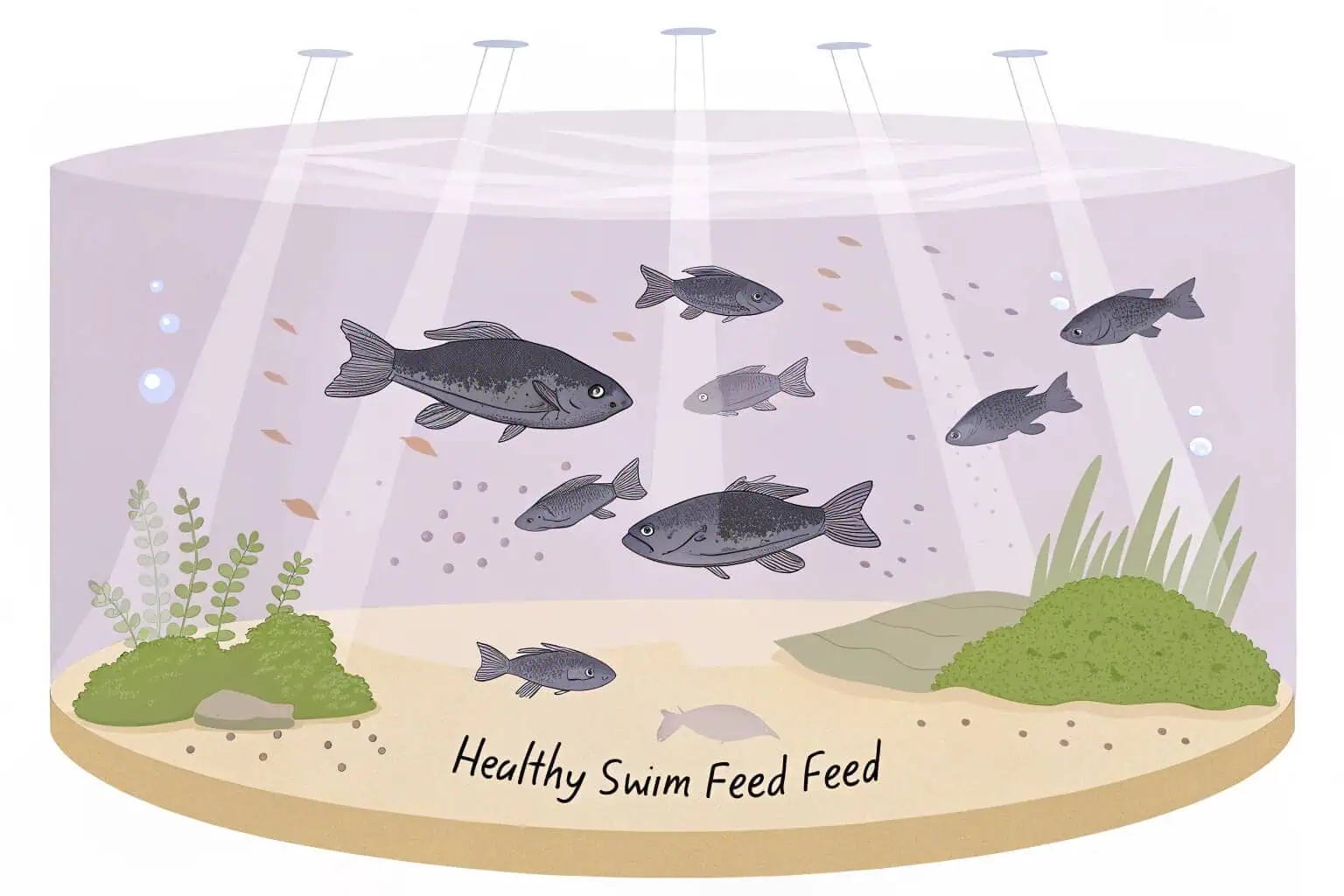
I've seen firsthand how species selection11 impacts a biofloc farm's success. You need fish that are tough and can handle the unique environment. The water in a biofloc system is dense with suspended solids, and not all fish are comfortable with that. The winners are usually species that are naturally bottom-dwellers or filter-feeders. When clients ask us for recommendations for their new collapsible plastic fish tanks12, I always start by asking what they plan to raise. The tank is just one part of the equation; the species is the other. It's this kind of detailed, needs-based communication that helps our customers succeed from the start.
Top Candidates for Biofloc
Tilapia is the star player. They are incredibly resilient, tolerate a wide range of water conditions, and actively eat the biofloc particles. This makes them very efficient to grow. Catfish are another great option, especially species like the African catfish. They are hardy and grow quickly in these systems. For crustacean farming, Pacific white shrimp13 (Penaeus vannamei) are the industry standard for biofloc. They constantly graze on the floc, which significantly cuts down feed costs.
Why These Species Work Well
This table breaks down the advantages of each.
| Species | Key Advantages | Considerations |
|---|---|---|
| Tilapia | Hardy, fast-growing, readily consumes floc. | Can overpopulate if not managed. |
| Catfish | Tolerant of low oxygen, high density. | Can be aggressive. |
| Shrimp | Excellent feed conversion14, high market value. | Requires careful water quality management15. |
The common thread is that these species don't just live in the system; they interact with it. They help maintain the floc by grazing on it, turning a waste management system into a continuous food source.
What Is the Biofloc System in Green Water?
Seeing green water in your pond and worried it's a problem? In a biofloc context, it might actually be a sign of a healthy, productive hybrid system at work.
A biofloc system in green water combines the benefits of bacterial flocs and phytoplankton (microalgae). The algae use sunlight for photosynthesis, absorbing nitrates and producing oxygen, while the bacteria process ammonia. This creates a stable, dual-powered water treatment system.
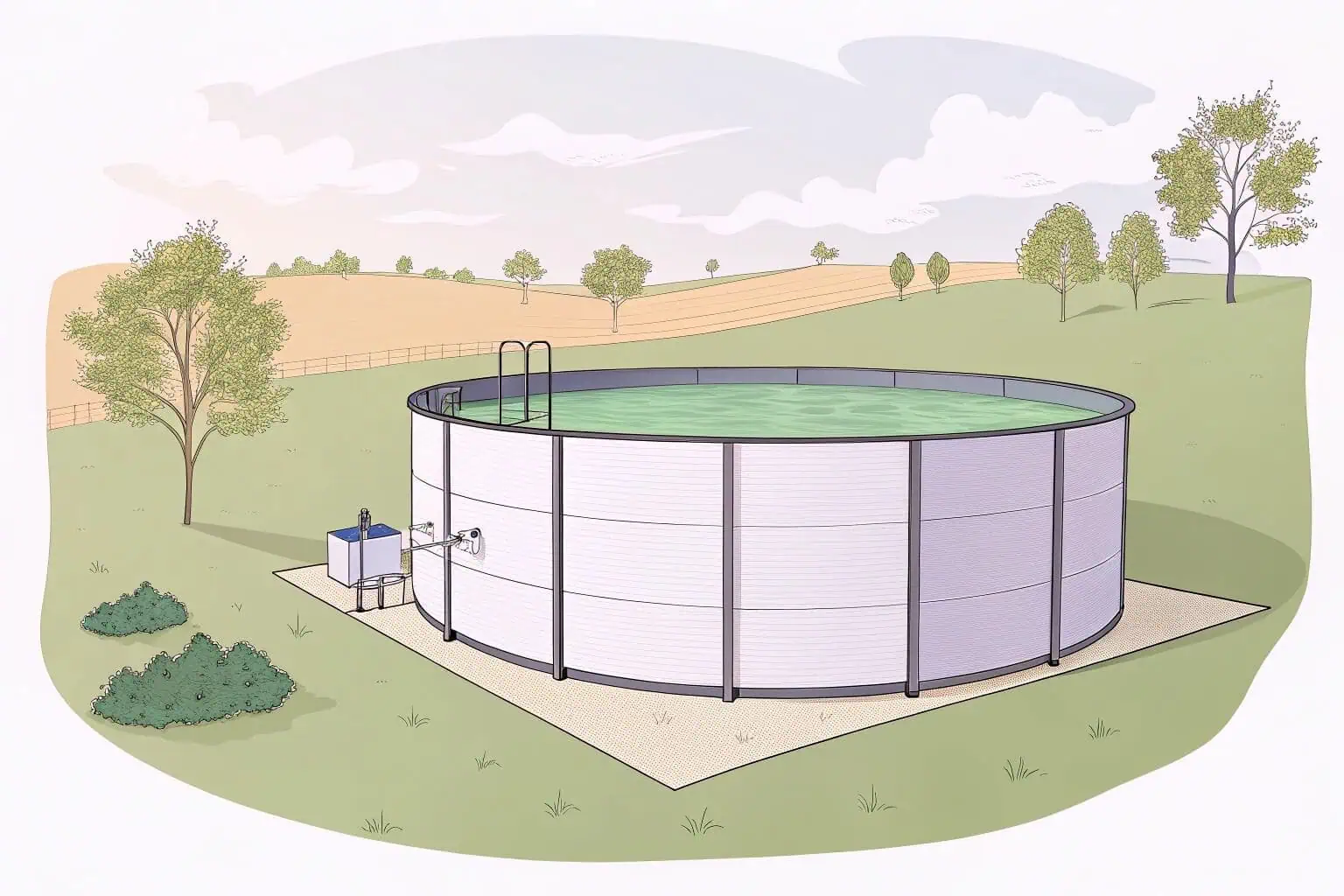
I often get questions about green water, as many farmers associate it with uncontrolled algal blooms. But in a managed system, it's a powerful tool. The "green water biofloc16" is essentially a partnership between two different microscopic communities. The bacteria handle the initial, most toxic waste (ammonia), and the algae step in to handle the nitrates, which are the byproduct of the bacterial process. This synergy makes the system very stable. During the day, the algae photosynthesize, producing oxygen, which is a great bonus for your fish and the aerobic bacteria. This approach is perfect for our customers who use our large, outdoor galvanized pipe fish tanks17 for aquaculture, as it leverages the natural sunlight to create a more robust ecosystem.
The Dual-Action System
Think of it as a two-stage cleaning process happening at the same time. The bacteria are your primary cleaners, and the algae are your secondary polishers. This teamwork makes the system very stable and resilient.
Benefits and Challenges
Like any system, it has its pros and cons.
| Benefits | Challenges |
|---|---|
| Increased oxygen production during the day.18 | Oxygen can drop sharply at night. |
| More stable pH due to carbonate consumption. | Algae population can crash suddenly. |
| Provides additional nutrients19 (e.g., fatty acids). | Less control compared to brown biofloc. |
From what I've observed, this approach works best in outdoor ponds where you can't easily block sunlight. It’s a more "natural" approach to biofloc, embracing the local conditions rather than fighting them. It requires good aeration20, especially at night, to compensate for the oxygen consumption by all the organisms in the dark.
Conclusion
In short, biofloc technology is a powerful, sustainable, and cost-effective method for modern aquaculture. It turns waste into a resource, creating a healthier and more productive farming environment.
-
Understanding the C/N ratio is crucial for optimizing aquaculture systems and enhancing sustainability. ↩
-
Exploring the role of heterotrophic bacteria can reveal how they improve water quality and fish health in aquaculture. ↩
-
Exploring self-sustaining cycles can reveal innovative methods for efficient aquaculture, reducing costs and environmental impact. ↩
-
Understanding the role of microorganisms can enhance your knowledge of waste management and environmental sustainability. ↩
-
Exploring the significance of carbon sources can deepen your insight into effective wastewater treatment processes. ↩
-
Exploring the differences can help you choose the right system for your specific environment and goals. ↩
-
Learning about C/N ratio management can optimize your farming efficiency and water quality. ↩
-
Understanding green water systems can enhance your knowledge of sustainable practices and water management. ↩
-
Explore this link to understand how Heterotrophic Bacteria enhance water quality and fish health in aquaculture systems. ↩
-
Discover the role of Microalgae in aquaculture, including their nutritional benefits and impact on ecosystem balance. ↩
-
Understanding species selection is crucial for successful biofloc farming, ensuring optimal growth and health of fish. ↩
-
Exploring collapsible plastic fish tanks can reveal their advantages in space-saving and ease of use for aquaculture. ↩
-
Exploring the benefits of Pacific white shrimp can enhance your knowledge of efficient aquaculture and cost-effective practices. ↩
-
Understanding feed conversion is crucial for optimizing aquaculture practices and maximizing profits. ↩
-
Effective water quality management is essential for the health of aquatic species and the success of aquaculture. ↩
-
Exploring this link will provide insights into how green water biofloc enhances aquaculture systems, promoting sustainability and efficiency. ↩
-
This resource will help you understand the benefits of using outdoor galvanized pipe fish tanks, including durability and ecosystem support. ↩
-
Understanding the benefits of increased oxygen can enhance your knowledge of aquatic ecosystems and their management. ↩
-
Explore this link to understand the specific nutrients biofloc systems offer, enhancing your aquaculture practices. ↩
-
Exploring the significance of good aeration can help you optimize pond health and improve aquatic life sustainability. ↩